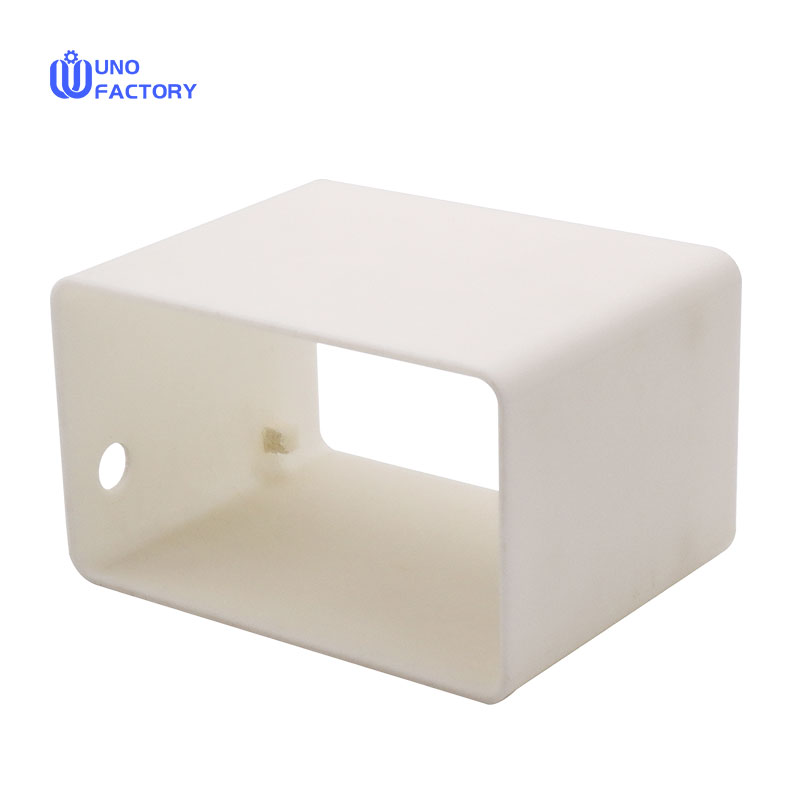Time to read: 6 min

The application of 3D printing technology in the healthcare sector is rapidly transforming our approach to disease treatment and health management. From custom prosthetics to bio-printed organs, this technology offers patients unprecedented personalized treatment plans.
Medical 3D Printing: The Journey of Technological Innovation
3D printing technology has been emerging since the 1980s, initially showcasing its capabilities in the educational sector by simulating complex anatomical models. As the technology advanced, personalized medical solutions became a reality, with 3D printing playing a crucial role in custom implants and patient-specific pharmaceuticals.
The Advantages of Medical 3D Printing
The benefits of 3D printing technology in the healthcare industry are evident. It offers an unparalleled level of customization, which is essential for meeting the unique medical needs of each patient.
Customized Solutions
Whether it's producing a custom prosthetic limb, a dental implant, or a pharmaceutical tailored to an individual's genetic makeup, 3D printing ensures a perfect fit. This level of customization not only reduces patient discomfort but also enhances functionality and ultimately improves the quality of life for patients.
Complex Structures
3D printing excels in creating intricate structures, which is vital for delicate surgical procedures or detailed dental work.
Enhanced Functionality
Customized medical devices and implants lead to improved functionality. Custom prosthetics, orthopedic implants, and other personalized medical tools align precisely with the patient's anatomy, translating into better mobility, comfort, and overall improved functionality.
Better Models
3D printing has revolutionized medical education and surgical planning by producing anatomically accurate models, allowing healthcare professionals to gain a deep understanding of the patient's unique anatomy and practice complex procedures before entering the operating room.
The Core Technology Behind Medical 3D Printing
3D printing is a popular additive manufacturing process that creates three-dimensional objects by adding materials layer by layer.
Types of 3D Printing Technologies Used in Medicine
3D printing relies on several distinct technologies, each tailored to specific applications. Here are the main ones.
Materials Used in Medical 3D Printing
The choice of materials in 3D printing is a critical consideration as it influences the quality and safety of the final product.
Diverse Applications of 3D Printing in the Medical Field
The impact of 3D printing on healthcare is immense. The technology is improving patient care from all fronts and offers a myriad of applications ranging from surgical tools to implants, processes, and equipment.
Challenges and Safety
While 3D printing technology holds great potential in the healthcare sector, it also faces a set of challenges, including regulatory compliance, research and development investment, quality control, and cost issues.
Conclusion
The prospects for the application of 3D printing technology in healthcare are broad, but it also requires a deeper understanding and research of the technology, materials, and safety.




